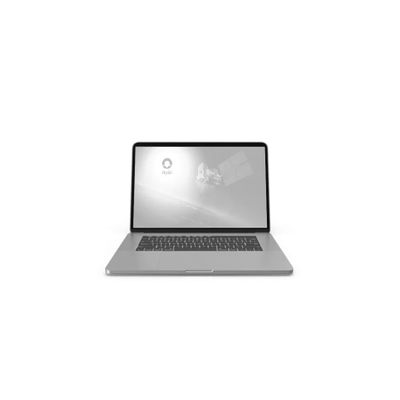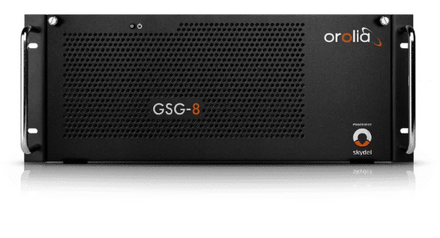One of Skydel’s greatest assets is its open, software-defined architecture. This GNSS simulation approach gives Skydel maximum scalability and flexibility, and it provides users with the ability to develop and innovate while not limited by hardware design.
All you need is a Skydel software license and your own hardware.
Start simulating.
Skydel's Power. Your Hardware.Skydel is packed with a rich feature set – multi-constellation/multi-frequency signal generation, remote control from user-defined scripts, and integrated interference generation. Despite all these features, Skydel’s greatest assets is its software-defined architecture that allows users to leverage their own off-the-shelf hardware. This GNSS simulation approach gives Skydel maximum scalability and flexibility, and it provides users with the ability to develop and innovate while not limited by hardware design. With a Skydel software license in hand, users can simply purchase the hardware they need, and start simulating. |
 |

|
Portable SimulationBuilding a GNSS simulator for portable testing and simulation does not require high-end hardware components. Users of this build might perform in-field receiver testing, and go/no-go testing.
In order to achieve this number of signals and RF output, Safran has produced this document to help guide users in the assembly of an effective GNSS simulator using readily available components. |
Essential SimulationBuilding a GNSS simulator for essential testing and simulation does not require high-end hardware components. Users of this build are usually interested in production/receiver testing, go/
In order to achieve this number of signals and RF outputs, Safran has produced this document to help guide users in the assembly of an effective GNSS simulator using your own components. |
 |
 |
Advanced SimulationBuilding a GNSS simulator for Advanced simulation requires mid-range hardware components. Users of this build are typically focused on multi-constellation / multi frequency scenarios, injecting errors using pre-defined models, open-loop HIL, and signal editing capabilities. Integrators and RF engineers creating test suites could also benefit from this build.
In order to achieve this number of signals and RF outputs, Safran has produced this document to help guide users in the assembly of an effective GNSS simulator using your own components. |
Expert SimulationBuilding a GNSS simulator for Expert simulation requires mid-high range hardware components. Users of this build are typically focused simulations that involve high dynamics (aerospace and/or defense), advanced HIL (closed loop), multi-vehicle or multi-antenna simulations, advanced jamming and spoofing, and GNSS/IMU integration.
In order to achieve this number of signals and RF outputs, Safran has produced this document to help guide users in the assembly of an effective GNSS simulator using your own components. |
 |
 |
NAVWAR SimulationBuilding a GNSS simulator for a NavWar simulation requires high-end hardware components. Users of this build are typically focused simulations that involve high dynamics (aerospace
In order to achieve this number of signals and RF outputs, Safran has produced this document to help guide users in the assembly of an effective GNSS simulator using your own components. |
About RF SignalsRadio frequency (RF) outputs in Skydel-based systems are very flexible. Systems with multiple outputs can combine RF signals to a single output or be used individually with a receiver.
|
 |
|
|
Need a Turnkey System?Safran’s turnkey advanced GNSS simulators enable you to generate the same RF signals broadcast by real satellites, ensuring accurate testing of your GPS/GNSS receiver devices. |
Get in Touch | Request Quote


